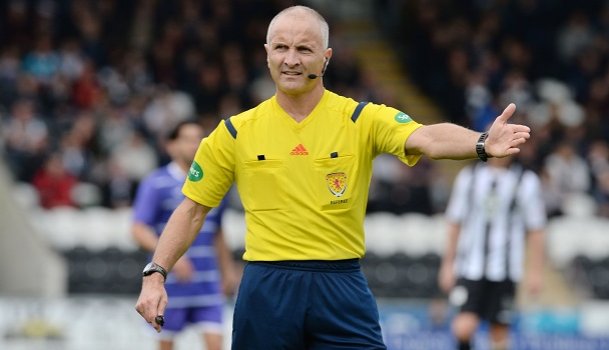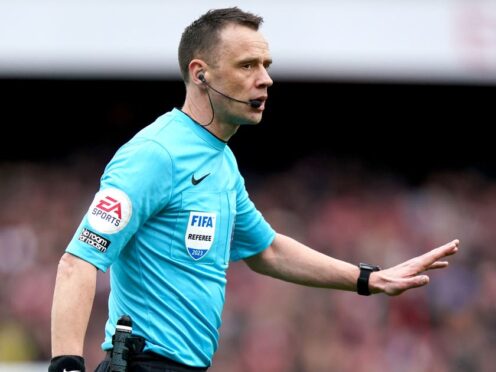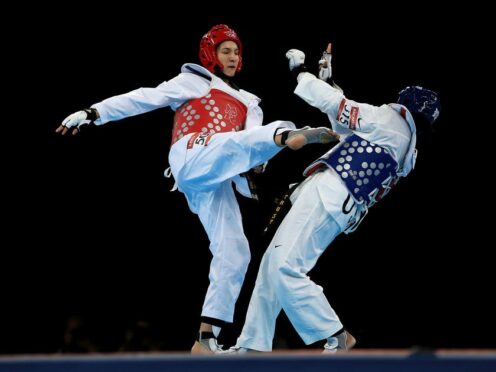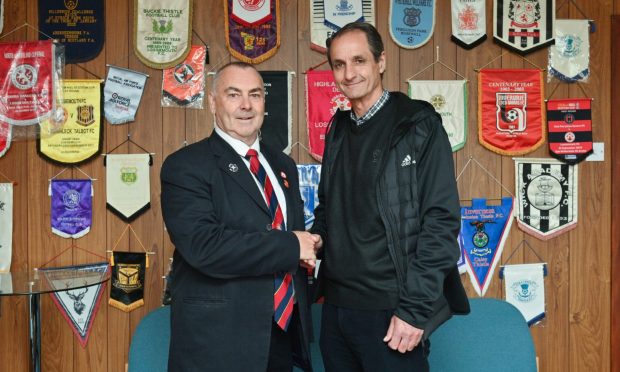He both captained his country at cricket and refereed at the highest level of Scottish football.
But now, George Salmond has spoken of his concerns that respect for officials is being “chipped away”, amidst an increasing number of controversial incidents in the SPFL.
The 49-year-old schoolmaster spoke to the Press & Journal in the aftermath of referee John Beaton requiring police protection after receiving death threats following his involvement in last month’s Old Firm contest at Ibrox.
And he said it was time fans realised they were “crossing a line” by abusing officials on and off the pitch and making allegations against them on social media.
Salmond said: “You go into this job with your eyes open. Anybody who thinks they are going to satisfy 22 players and two sets of supporters is living in cloud cuckoo land.
“But, as [Hibs manager] Neil Lennon said recently, it’s a sad indictment of modern society if you are a ref or a manager or a goalie and you are worried about getting attacked or having missiles thrown at you on a football pitch. Or worse, as we have seen with recent events.
“I think social media has a lot to answer for. The referee’s word used to be final, but now, every decision is pored over and scrutinised endlessly and new technology is making things more, not less, difficult.
“Video replays have been designed to help clarify the more contentious decisions, but it just adds to the process where respect is being chipped away and it is happening in football, in rugby, in cricket.
“One of the most frustrating things is when professional people, folk who would never tolerate such behaviour at their work, cross the line when they walk into a football ground and use language they would never employ anywhere else in their lives.
“Another problem is that people are putting things out on Twitter, on Facebook and other places which increases the toxic atmosphere. It’s like replying to an email when you’re angry rather than waiting and saying stuff you would avoid if you stepped back for a few moments or hours.
“I enjoyed my time as a referee and it was brilliant being an official at matches involving Celtic, Rangers, Aberdeen and the other clubs. You couldn’t hear the abuse: there was just this massive wall of noise.
“However, we’re in an age of instant views, judgments and condemnation. Nobody pauses to think and it is not doing anybody any favours.”
Salmond acknowledged that officials made mistakes and added that players, managers and fans were entitled to voice criticism if it was done in the correct fashion.
But, as he concluded: “There would be no football without referees and we are in new territory when people are getting death threats. We need to step back and get some perspective. It is sport, it is not war.”











